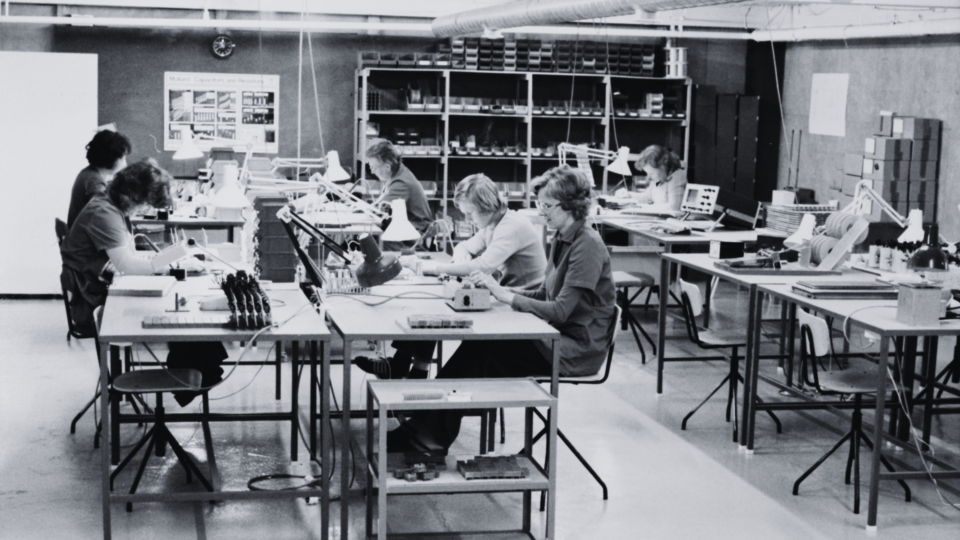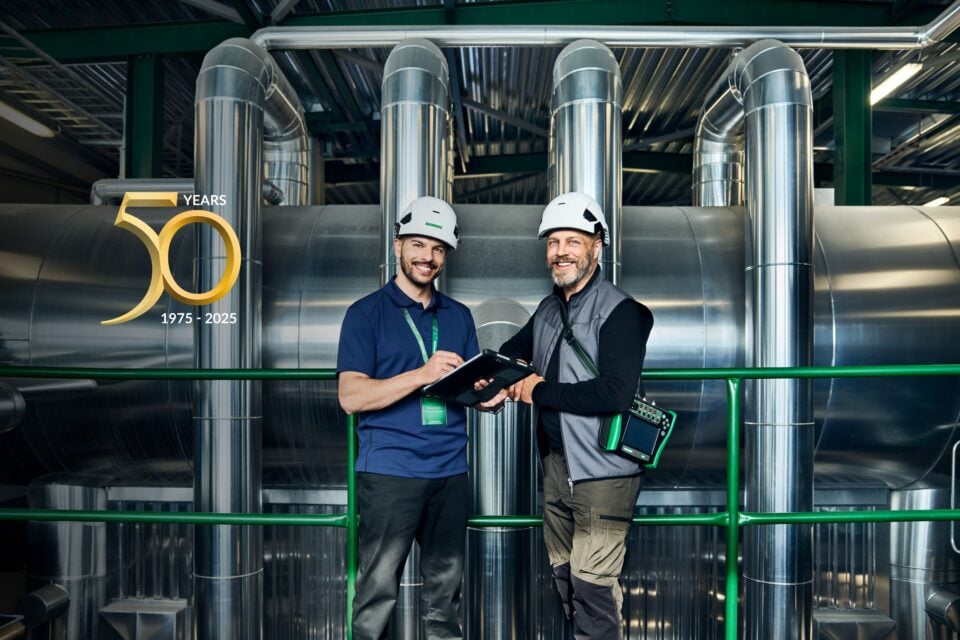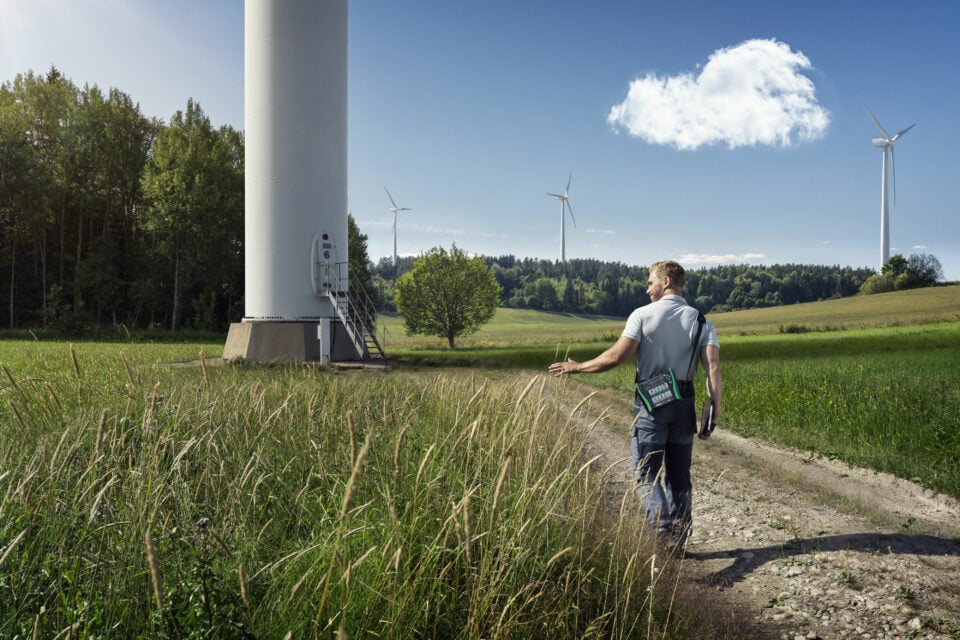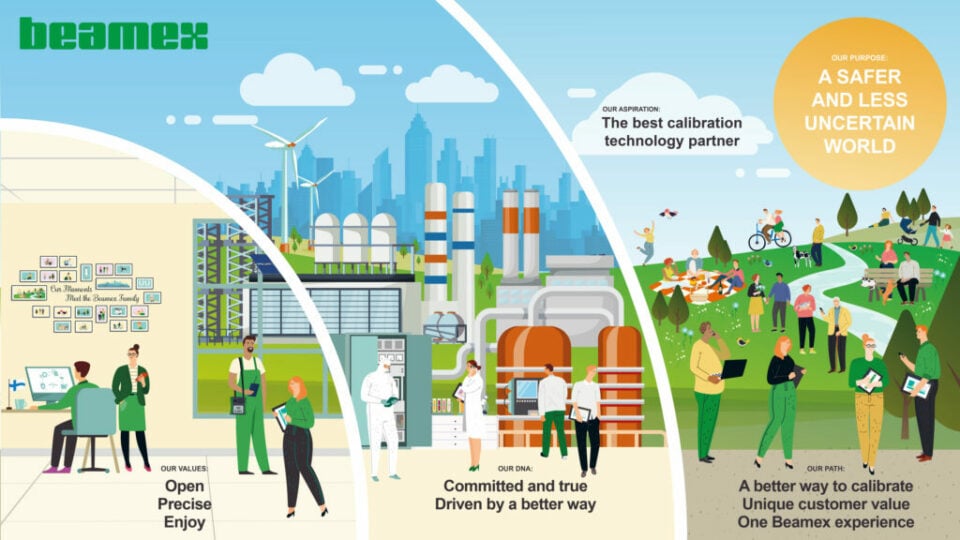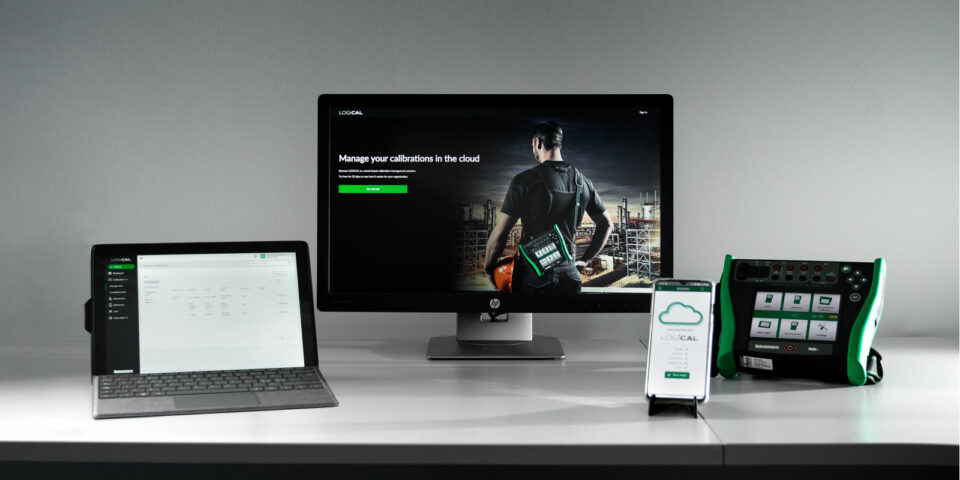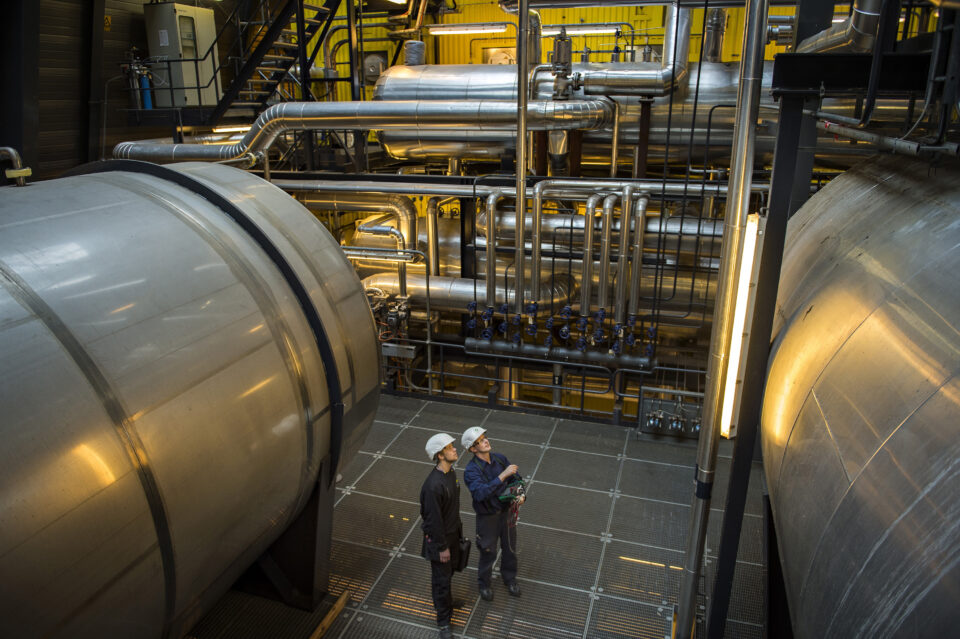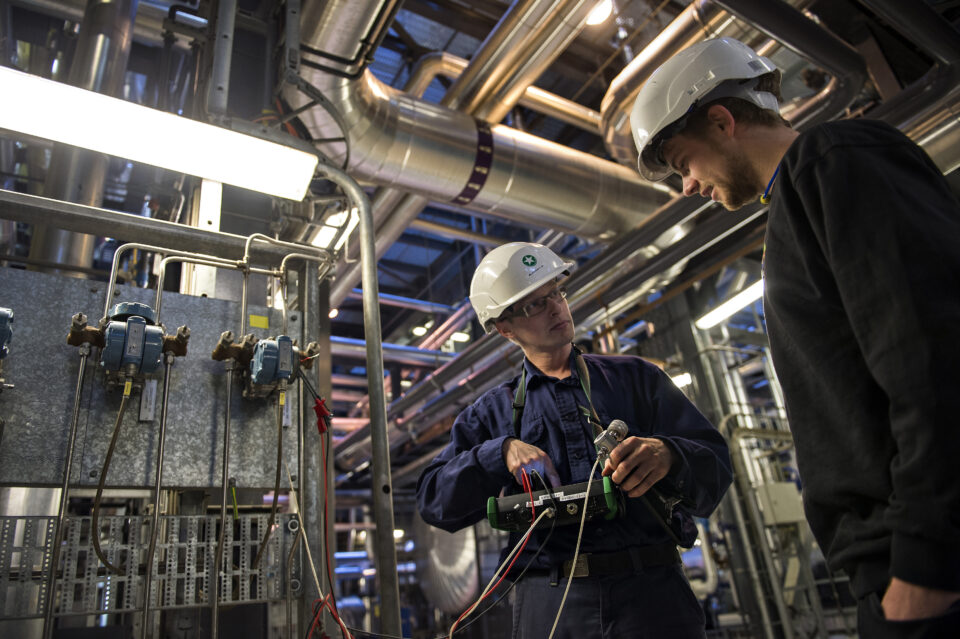
How self-sufficiency is redefining geopolitics
Antonio Matamala, Country Manager, Beamex Germany
Oil has long been a geopolitical weapon, but the green tech movement is less related to geography the way we experience it today. While a handful of nations have been geographically fortunate in finding ‘black gold’ under their feet, practically every country has free access to sunlight, wind or water. This makes renewable energy a game changer when decoupling from fossil fuels and a catalyst for nations looking to become self-reliant in their energy household.
With energy at the heart of modern economies, the geopolitical situation with Russia has shown that being overdependent on one country makes you highly vulnerable. However, if a country is self-sufficient, it can much better decide its energy policy and, for example, determine the price of electricity more autonomously, enjoy more bargaining power, assure better energy security and secure a better negotiation position when it comes to international trade and relations with other countries.
Due to the different available types of renewable energy sources, a myriad of production technologies will be needed to satisfy the energy demand. The more diverse the energy mix, the more different technologies will be used, and measurements will play a large role in managing the increasing complexity. Compared to a conventional power plant, wind turbines are dispersed over large areas and require remote monitoring to generate the same amount of electricity. Calibration will remain very important to ensure that generation assets can run correctly.
Where the wind blows and the sun shines
Being utterly self-sufficient regarding electricity generation may be a considerable advantage, but having natural resources within your borders has never guaranteed anything. Putting politics aside, if you look at crude oil nations like Nigeria and Venezuela, they have vast reserves, but the control has historically been handled by private and foreign oil companies rather than government-owned or national firms, leading to tensions, ideological clashes and, in the worst case, wars.
Suppose rich countries discover that they need hydrogen, for example, to make this transition happen and know they cannot produce it domestically. Could that trigger some form of neo-colonialism in poorer countries with favourable climatological conditions? Those nations must be cautious when decoupling from fossil fuels and jumping into bed with unscrupulous firms offering financing and renewable energy technology. They will need to walk a fine line between seizing the moment and opportunity and longer-term national energy policy and strategy.
Fossil fuels are in decline, and they will continue declining. Investments in renewables will increase yearly, with more jobs already being created in the green energy marketplace than fossil fuels. We are at an inflection point where it’s attracting increasingly big businesses and countless start-ups, and the technological competition is making this transition happen.
Beamex just sold a calibration solution to a German-based company that uses industrial electrolysers to produce renewable hydrogen and syngas from renewable electricity, water steam and captured CO2. Five years ago, they were a start-up that didn’t categorise sensors and calibration as an investment priority, but now they are visible, expanding and selling fuel cell technology that must be maintained. In the years ahead, dozens, if not hundreds, of renewable technology companies, will enter the marketplace in a similar situation.
Internationally, we have seen examples like the Indian government pledging a USD 4.3 billion green technology investment and Uruguay shifting 98% of its electricity generation to renewable sources over the past decade. After moving away from hydroelectric power generation, following years of low rainfall meant an increase in oil consumption, Uruguay is now generating so much renewable energy that they are exporting it to their South American neighbours.
That’s the brilliance of renewables: you can generate as much electricity as the sun or wind will allow without consuming these energy sources – hence, the name renewable, wait for the next day or strong wind. However, the most significant challenges are how to store and transport it in a safe and cost-efficient way. We still need technological innovations and economies of scale to make this happen, but the same was said following the oil boom in the late 19th and early 20th centuries, and solutions were found.
Across the world, we see an increasing number of nations and regions committing to attaining net-zero emissions by 2050, including China, the world’s worst greenhouse gas emitter. It has the most extensive production facilities for renewable technology and has heavily invested in the electric vehicle sector. We shouldn’t underestimate the role it will play with India across Asia.
Energy is a growing market for us. By 2050, the energy matrix will be a mixture of renewable and fossil fuel technologies as the energy decoupling trend continues. Beamex will support these companies, making their technology safer and more reliable to serve society responsibly.
You might also find interesting

For a safer and less uncertain world
Welcome to our series of topical articles where we discuss the impact that accurate measurement and calibration has on the world and our everyday lives.




